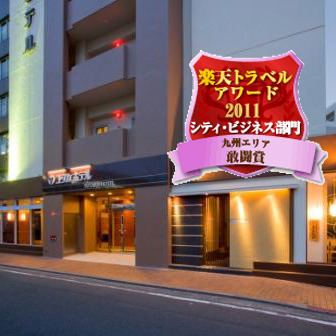 | ||
Kokurakita-ku (小倉北区) is a ward of Kitakyūshū, Fukuoka, Japan. It is the north part of what used to be Kokura City before the merger of five cities to create the new city of Kitakyūshū in 1963. JR Kyūshū's Kokura Station is the main rail hub of Kitakyūshū, and the Sanyō Shinkansen stops there.
Contents
- Map of Kokurakita Ward Kitakyushu Fukuoka Prefecture Japan
- Industry Commerce
- Tourism
- Crime and safety
- Education
- References
Map of Kokurakita Ward, Kitakyushu, Fukuoka Prefecture, Japan
Population: 184,545 persons (2000 national census)
Area: 39.27 km²
Industry & Commerce
The largest commercial and shopping areas of Kitakyūshū, mainly in Uomachi (魚町 "fish town"), are clustered around Kokura Station.
The two main department stores are Colet (next to Kokura Station) and Izutsuya (next to the Murasaki River and opposite Riverwalk Kitakyūshū). The Tanga Market is a traditional open-air market where fresh fish, meat and vegetables are the main produce for sale.
Headquarters of companies include
Tourism
Kokura Castle (built by the Hosokawa family in 1602) and the Riverwalk Kitakyūshū shopping complex (completed in 2003) are about a ten-minute walk from JR Kokura Station. So also is the house once inhabited by Mori Ōgai when he was a doctor to the Kokura garrison and wrote Kokura Nikki ("Kokura Diary").
The Kitakyūshū Monorail terminus is in Kokura Station and serves the commuters and residents living in Kokurakita and Kokuraminami Wards.
Crime and safety
The Kudo-kai yakuza syndicate is headquartered in Kokurakita. A designated yakuza group, the Kudo-kai is the largest yakuza syndicate in the Kitakyushu area.
Education
The ward has a North Korean kindergarten, Kokura Korean Kindergarten (小倉朝鮮幼稚園).
